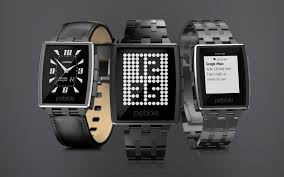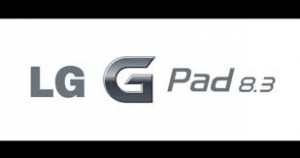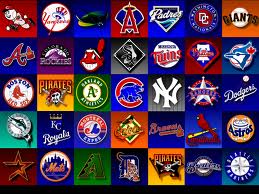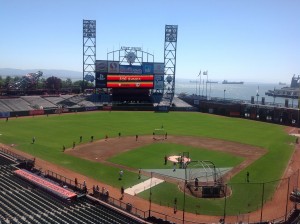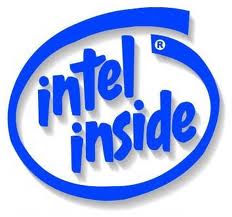Pebble has brought out its second generation smartwatch with the $249 Pebble Steel Watch, a more fashionable, and expensive version of the original $150 Pebble offering from last year. The watch is being shown at the current CES International trade show in Las Vegas.
The Steel Watch will be available in either a brushed stainless or black matte finish as the company develops a look that would not look garish on an executive. It replaces the plastic cover with Gorilla Glass and comes with both steel and leather straps.
The battery life is good for between 5 and 7 days and it is waterproof to 5 meters. The company has added a tri-colored LED and as with the earlier model will run both the Android and the iOS operating system. Scheduled to ship at the end of the month the move coincides with the launching of the Pebble Appstore, a place where users can easily find apps designed to run on the device.
Pebble, the Kickstarter favorite, wow the market when its funding effort went massively over the amount that the company founders were seeking, something that slightly harmed the company, at least public relations wise, by forcing it deliver the product late because it needed to build significantly more than it had expected in its early run. Not that this is not a problem that most startup companies would kill for.
Pebble was certainly one of the groundbreakers, if not the groundbreaker in the wearable computing technology with mainstream devices that connected a watch with a cell phone to bring data to your wrist. There were already sports specific devices that did some of the same features in areas such as golf and running but none that seemed to serve as a pure extension of your mobile phone.
That started a land rush by larger mobile developers to lay claim to this space as well, with Samsung, Apple, Google, Sony, Dell and others delivering products, planning to or simple becoming part of the rumor mill that they have one in the works.
Samsung, Qualcomm and Sony have already brought out products with the Samsung Gear, Qualcomm Toq and the Sony SmartWatch and I am sure this year we will see a wave of additional devices introduced to the market, much like how the tablet space exploded a few years ago. A number will be simply me-too devices while others will take the time to create truly differentiated offerings.
